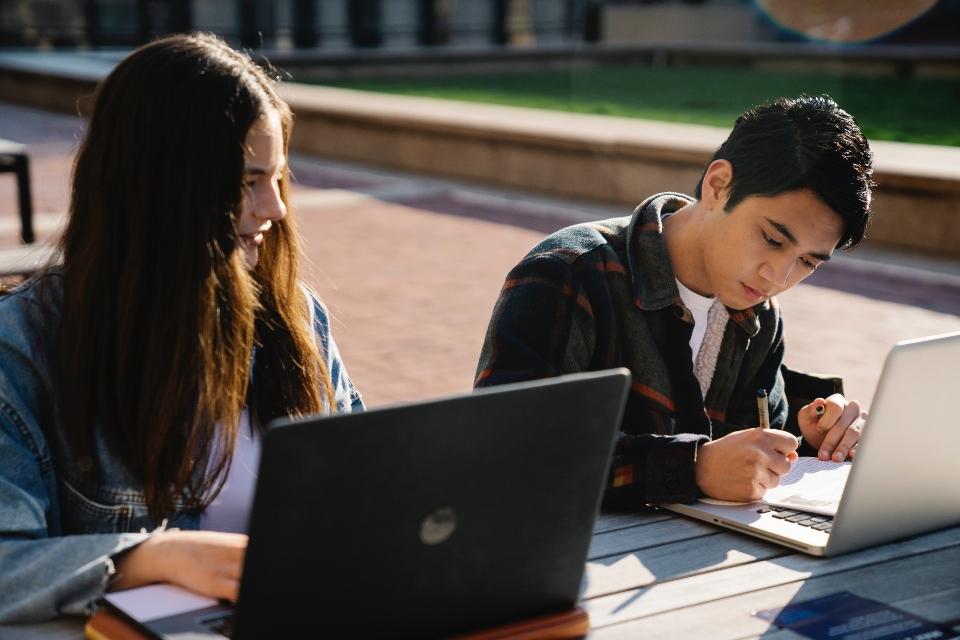Not all students learn in the traditional way. While reading textbooks does have inherent value, some students have a more hands on learning style. Because of this, lesson plans that include some element of interactivity are vitally important. Thankfully, today, there are more ways than ever before to make learning interactive. Below are some strategies you can use to create a more interactive learning environment. The image source is Pexels
Integrate Discussion
Traditionally, learning was thought of as a one way transaction. An instructor imparted knowledge directly to students. Those students then absorbed the knowledge. However, this is rarely how the human brain works. Instead, learning often involves reciprocal feedback between a teacher and student.
The student tends to learn the best when he or she has questions and thoughts that are then directly answered by the teacher. The teacher also learns what knowledge to impart by asking the student for their own answers and thoughts. Overall, discussion in which both the students and teacher take part should be a part of any healthy classroom. Lectures alone are not enough.
Integrate Coding
Part of school should be learning skills that can be valuable in the future workplace. The workplace, as we know, has been changing dramatically in recent decades. It isn’t a stretch to say that computer technology is the present as well as the future.
Thankfully, teaching students how to get the most out of information technology can be done in a completely interactive way. Consider offering courses to your students that teach them the basics of coding.
The course, for example, could act as an intro to Python. Python is a great coding language if you want to show off the interactive nature of computer code. Students could be presented with different web pages with a code editor to see exactly how changes in code can alter what is seen on the screen.
Integrate Collaboration
Most workplaces are not the domain of a single individual. Instead, they tend to be made of teams of workers across different departments that must collaborate together to achieve a shared goal. As such, collaboration must be made an important component of any classroom.
The teacher’s goal should be to ensure that each student collaborates on a rather equal basis as opposed to a leader or two completing the lion’s share of the work. This way, the collaboration creates a more interactive environment for each student in which he or she can see how their own input affected the end product.
A study has shown that collaborative learning can help improve test scores by almost 12 percent.
Integrate the Freedom of Choice
The freedom of choice is a huge component of American society. If you want children to succeed, you are going to need to produce individuals that can make the right decisions when given a host of options. You’re not going to succeed if you only try to create followers that simply parrot back what they are told.
As such, choice should be integrated into learning in all lesson plans. While it’s important for students to learn specific facts and ideas, it also helps to give them some interactivity in regards to choosing what to do with homework assignments and school projects.
For example, allowing a student to choose what Roman emperor to give a presentation on among a host of different choices may produce more interesting results that simply assigning that emperor to a specific student.
Eliminating the option for an emperor once chosen by a student will also help ensure the fact that your students are teaching each other when giving the presentations. In that way, it benefits the entire group.
Integrate Games Into the Classroom
Games aren’t only for play. They can also be a hands-on learning experience for students. Don’t be afraid to try to find new ways to integrate games into a lesson plan. This can be done with nearly any subject from geometry to social studies.
Just make sure the game is directly tied to the subjects being discussed in the lesson plan. Reviewing the information in a fun game may help students better retain what they learn.
Conclusion
Overall, not every student learns best through traditional techniques. Others may learn better when some interactivity is involved. Try to make your lessons interactive in some capacity when possible. It will make your classroom more fun for the students and help them learn in new and different ways at the same time.











